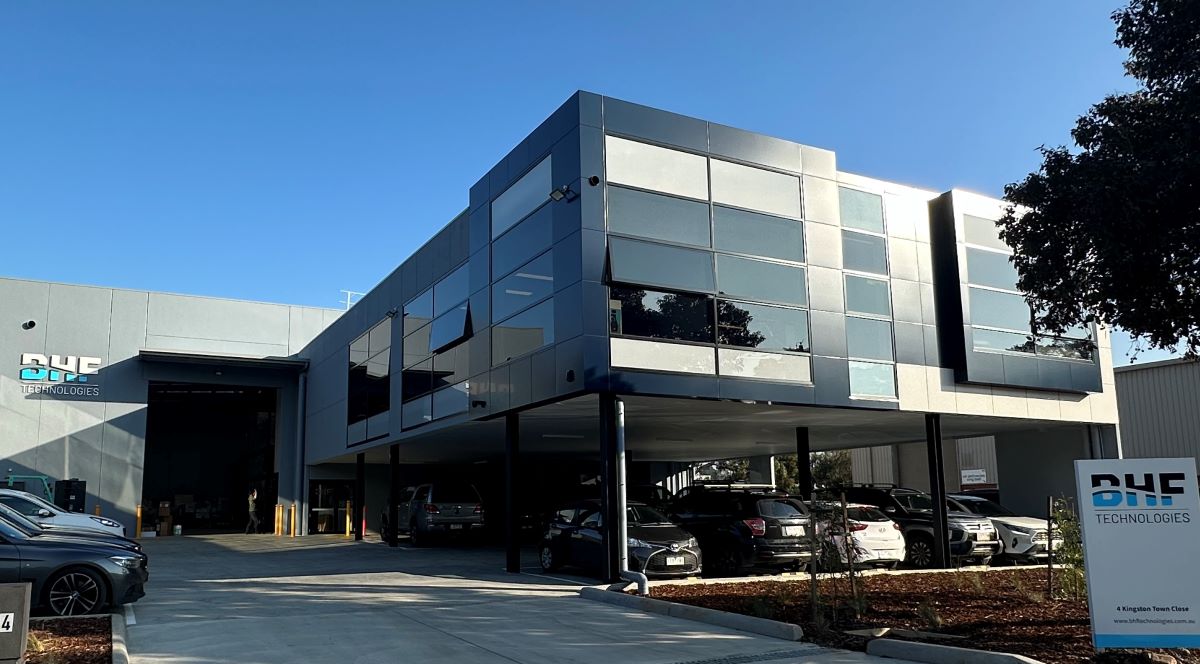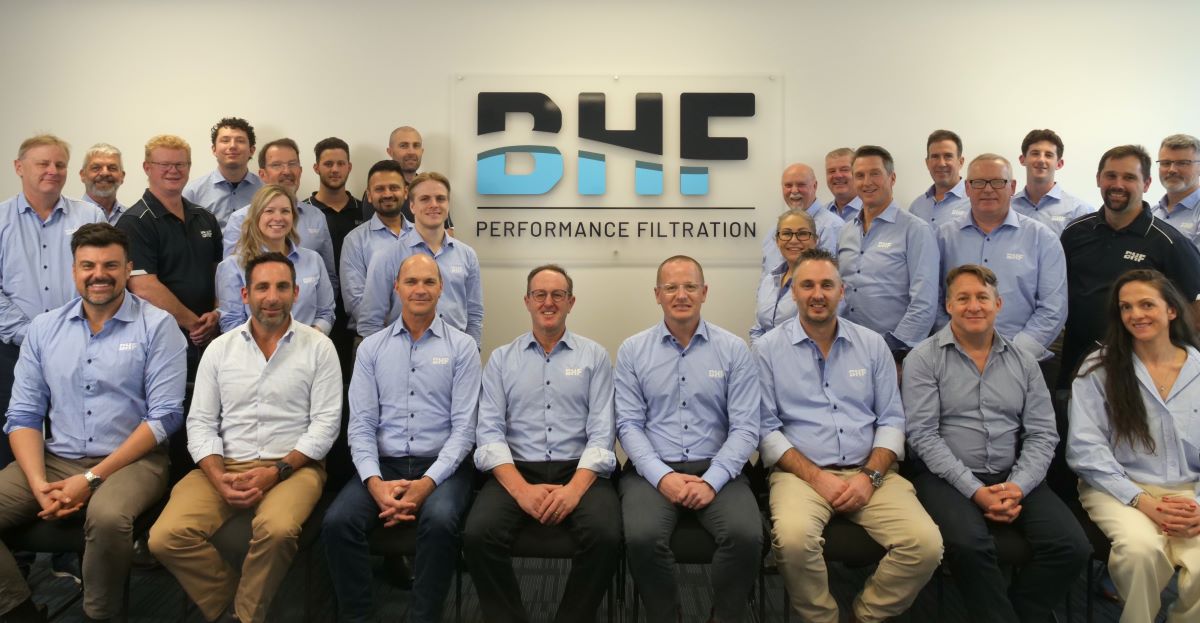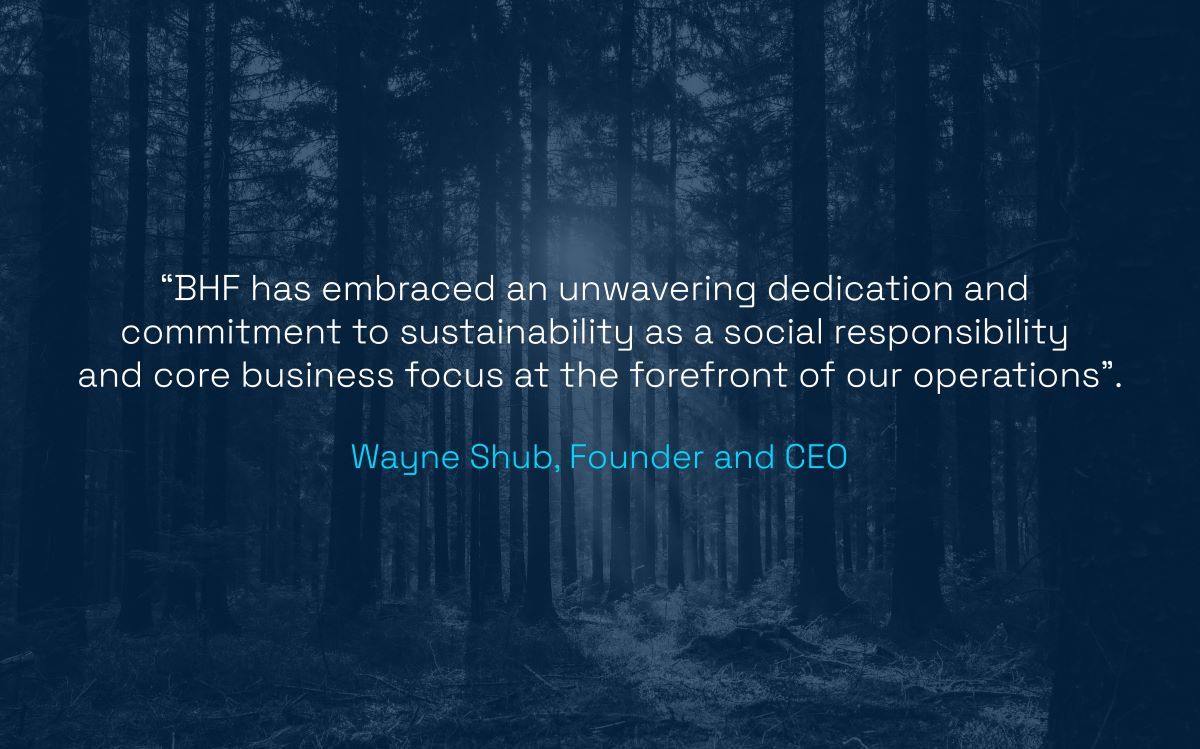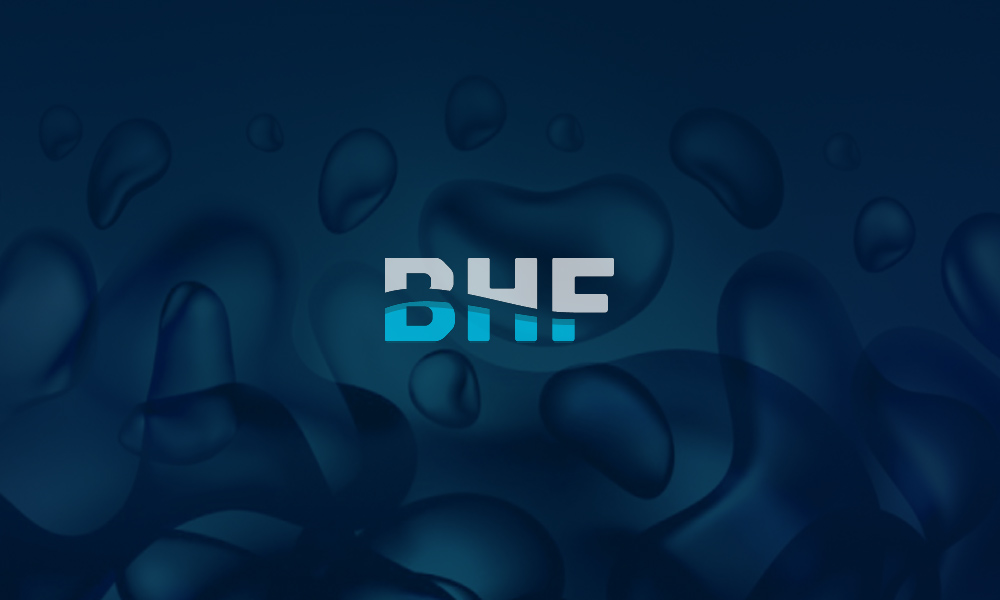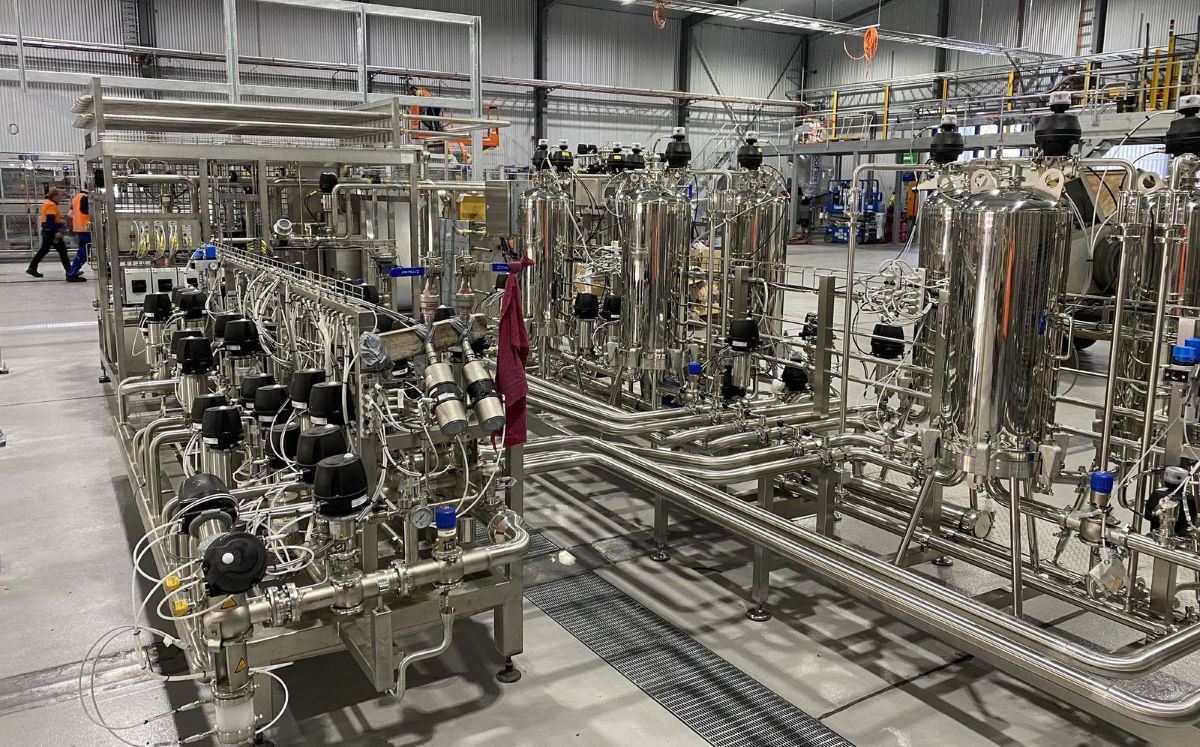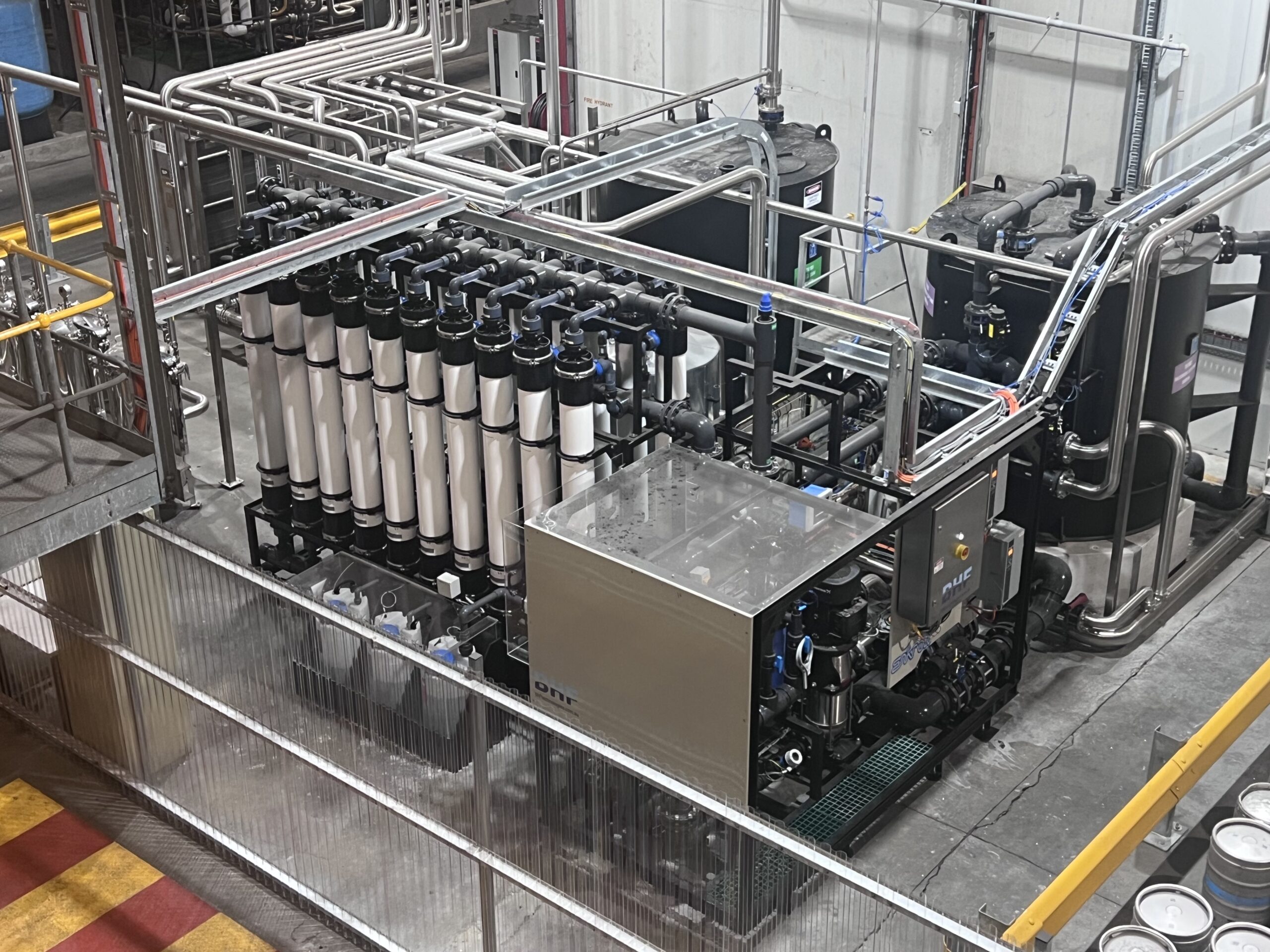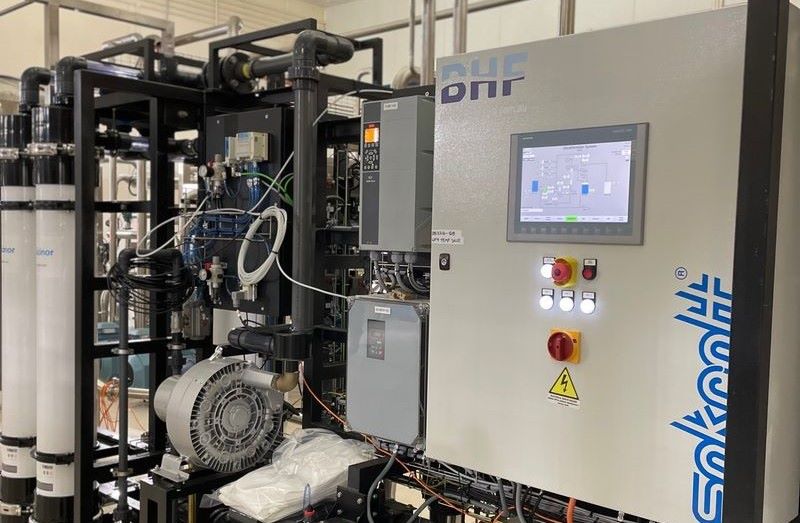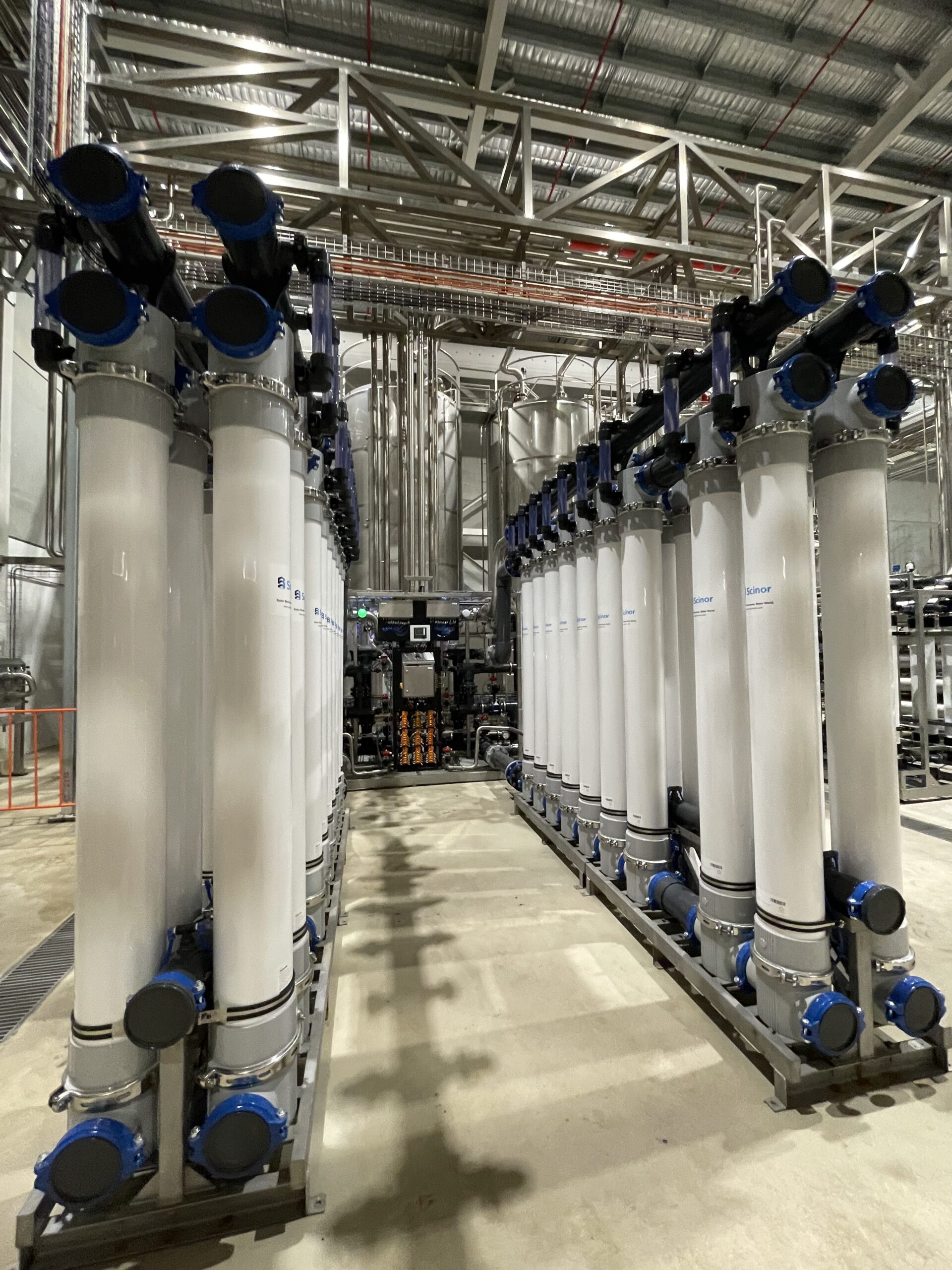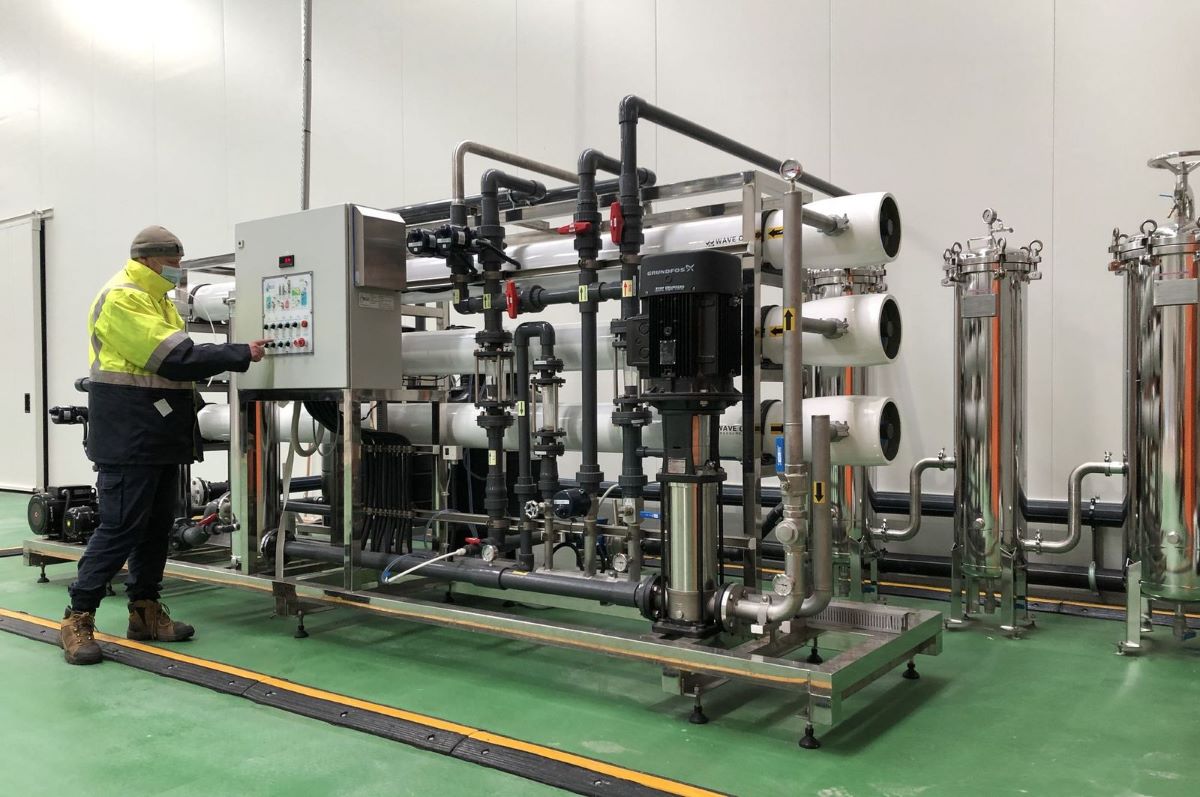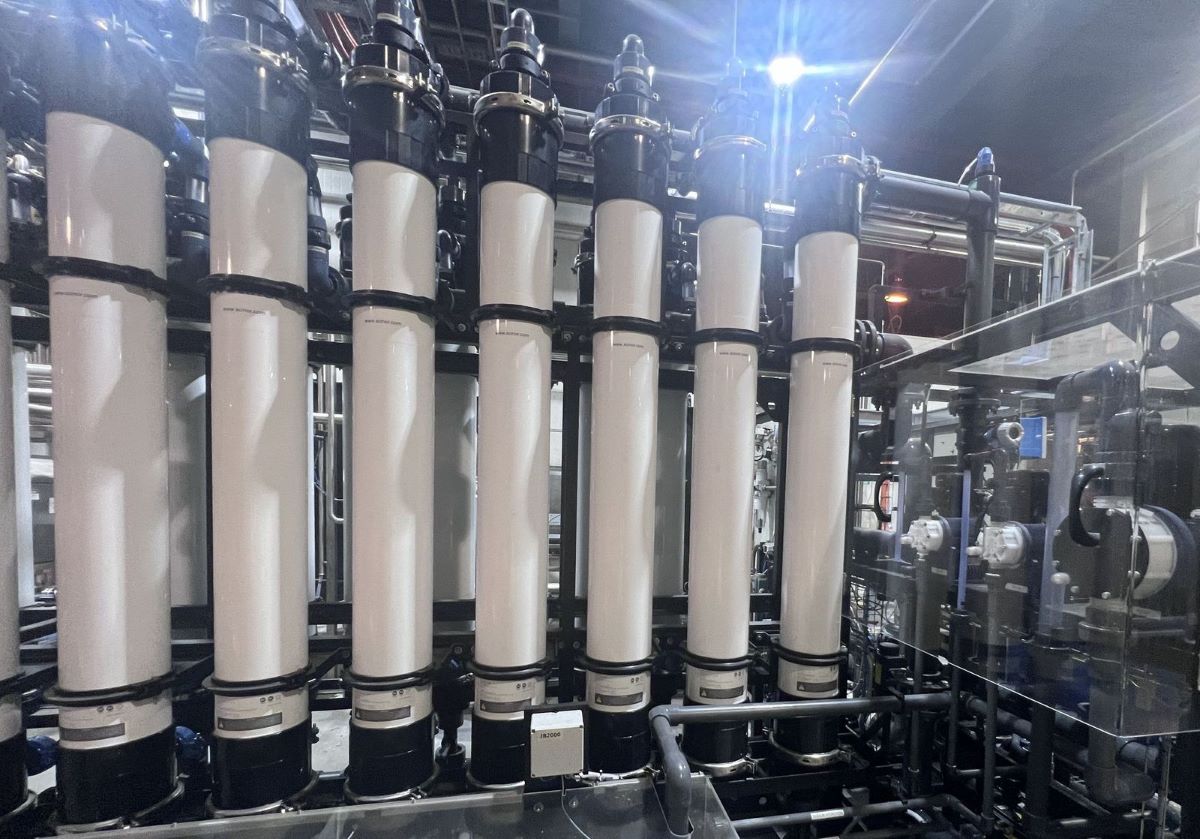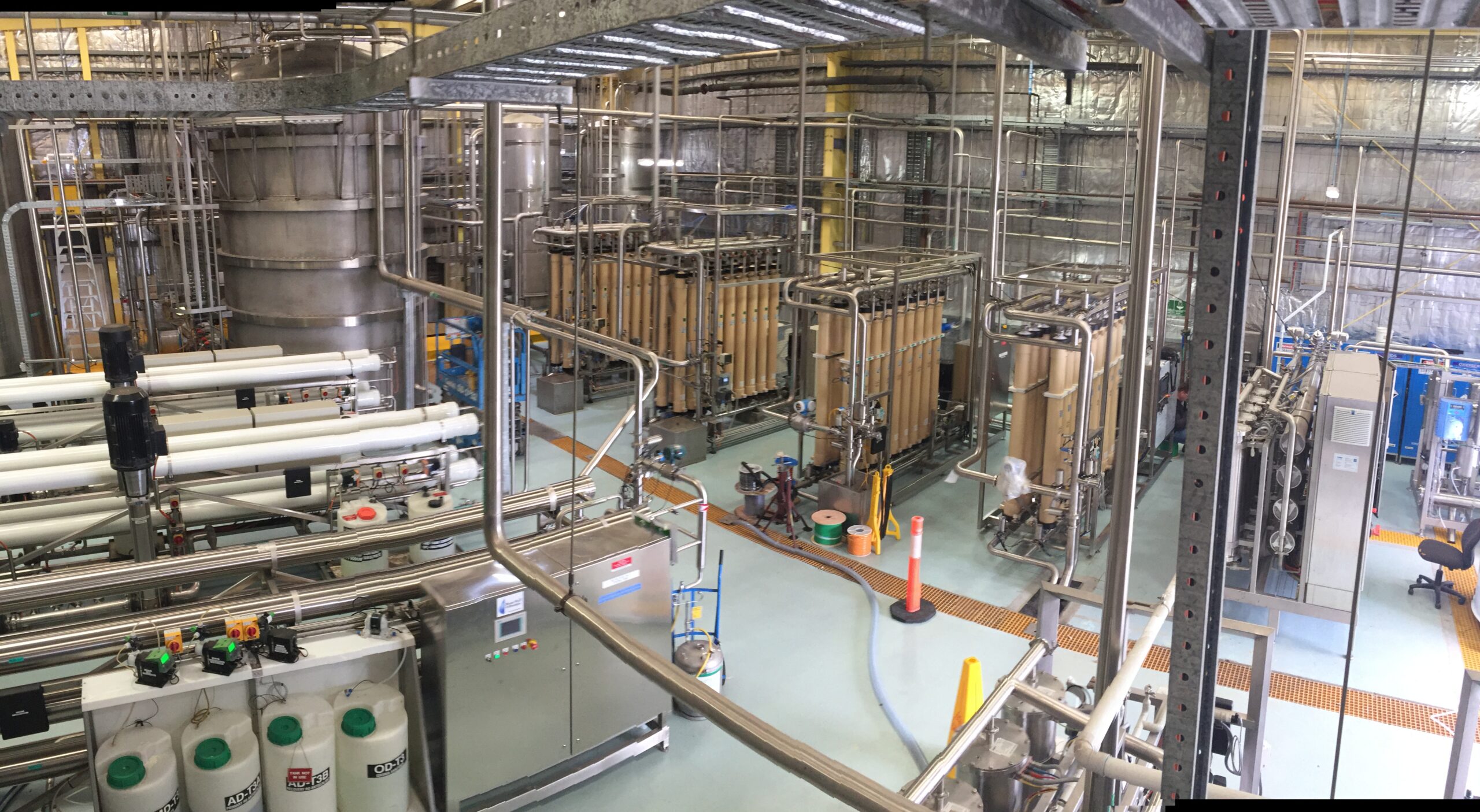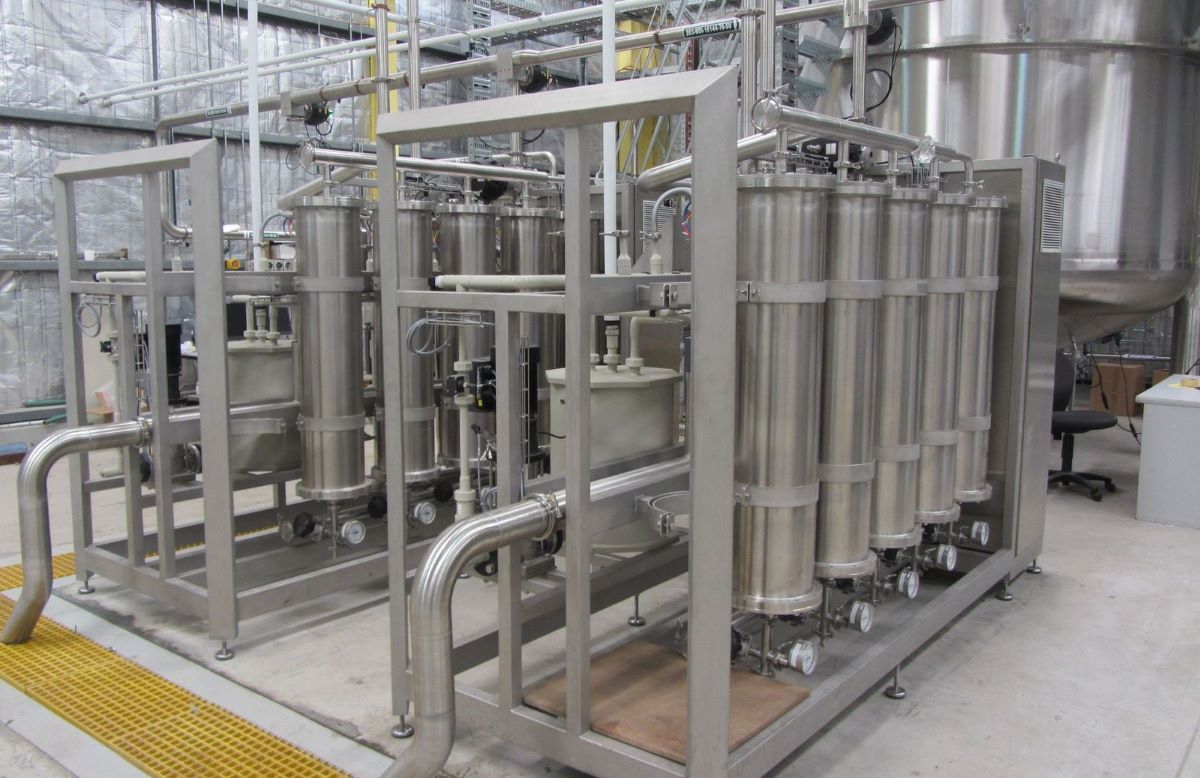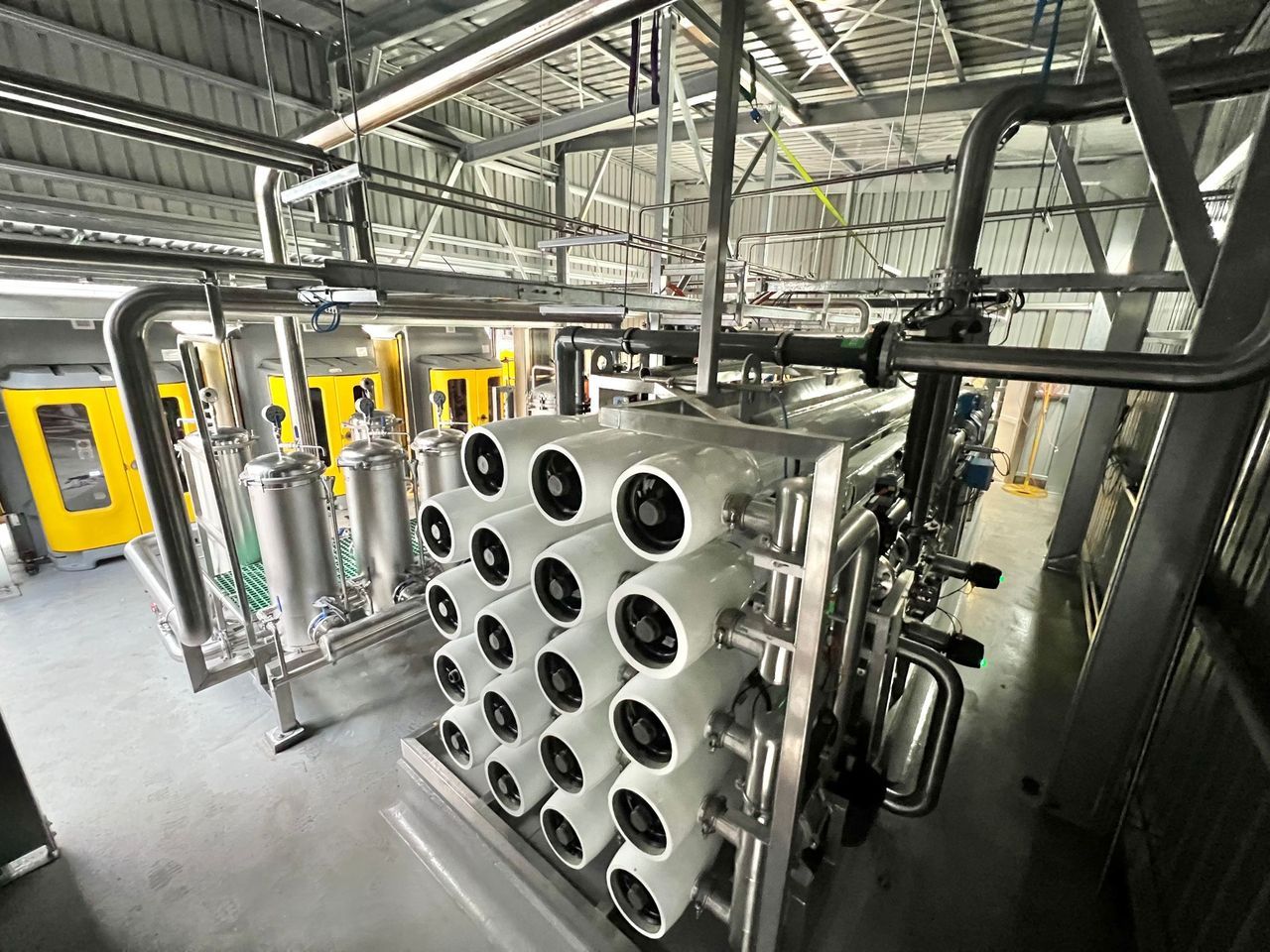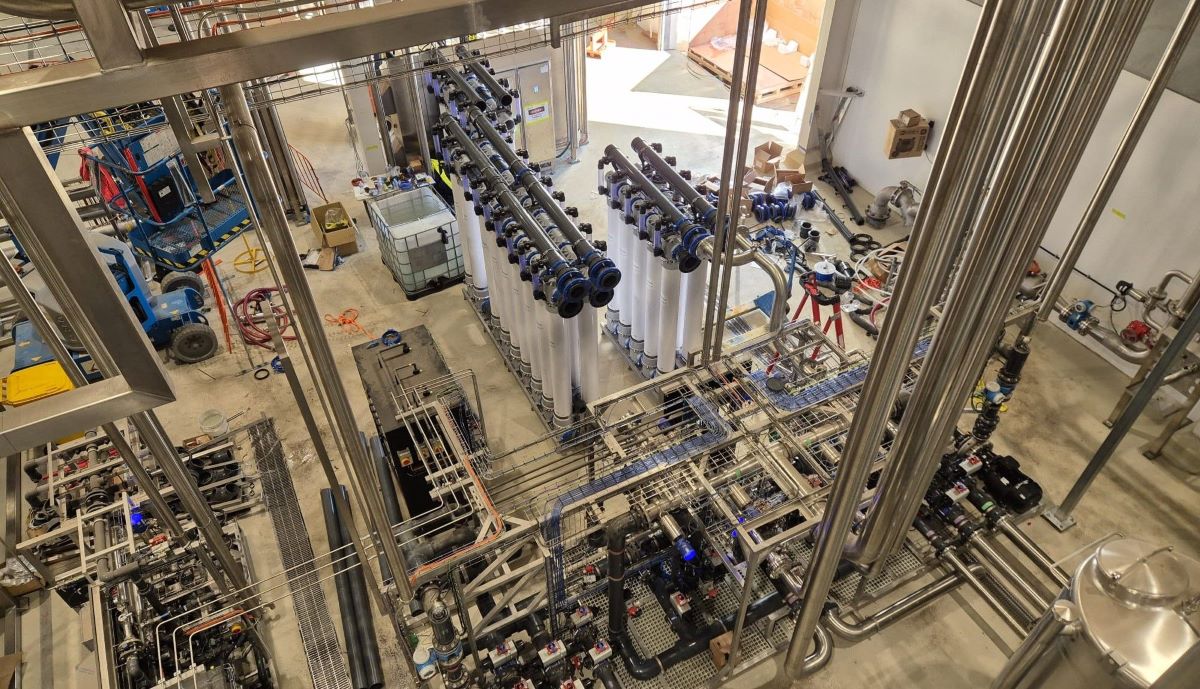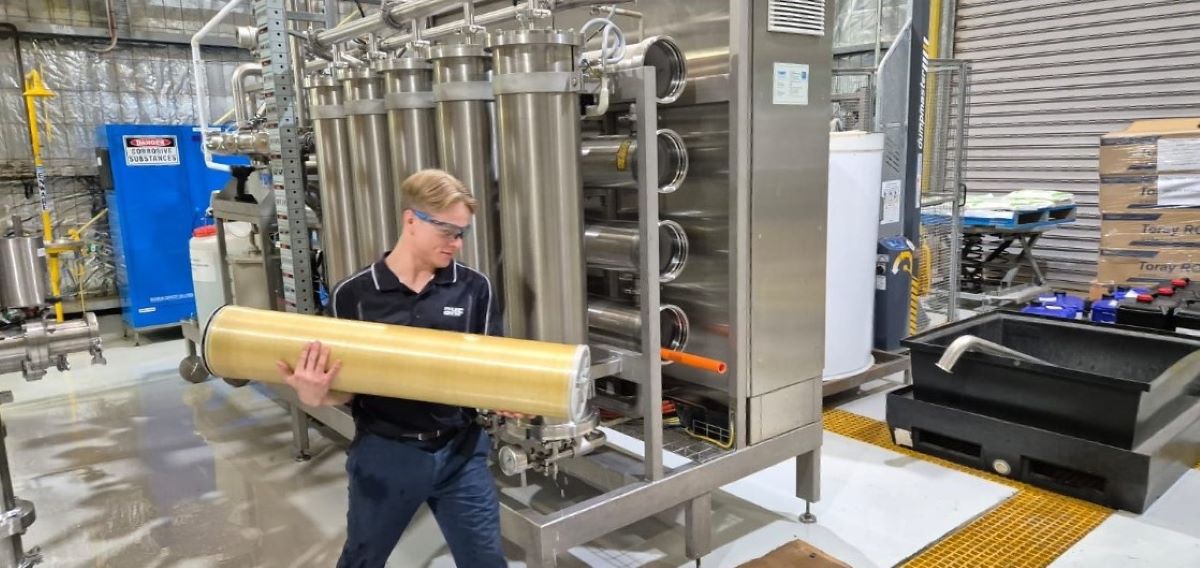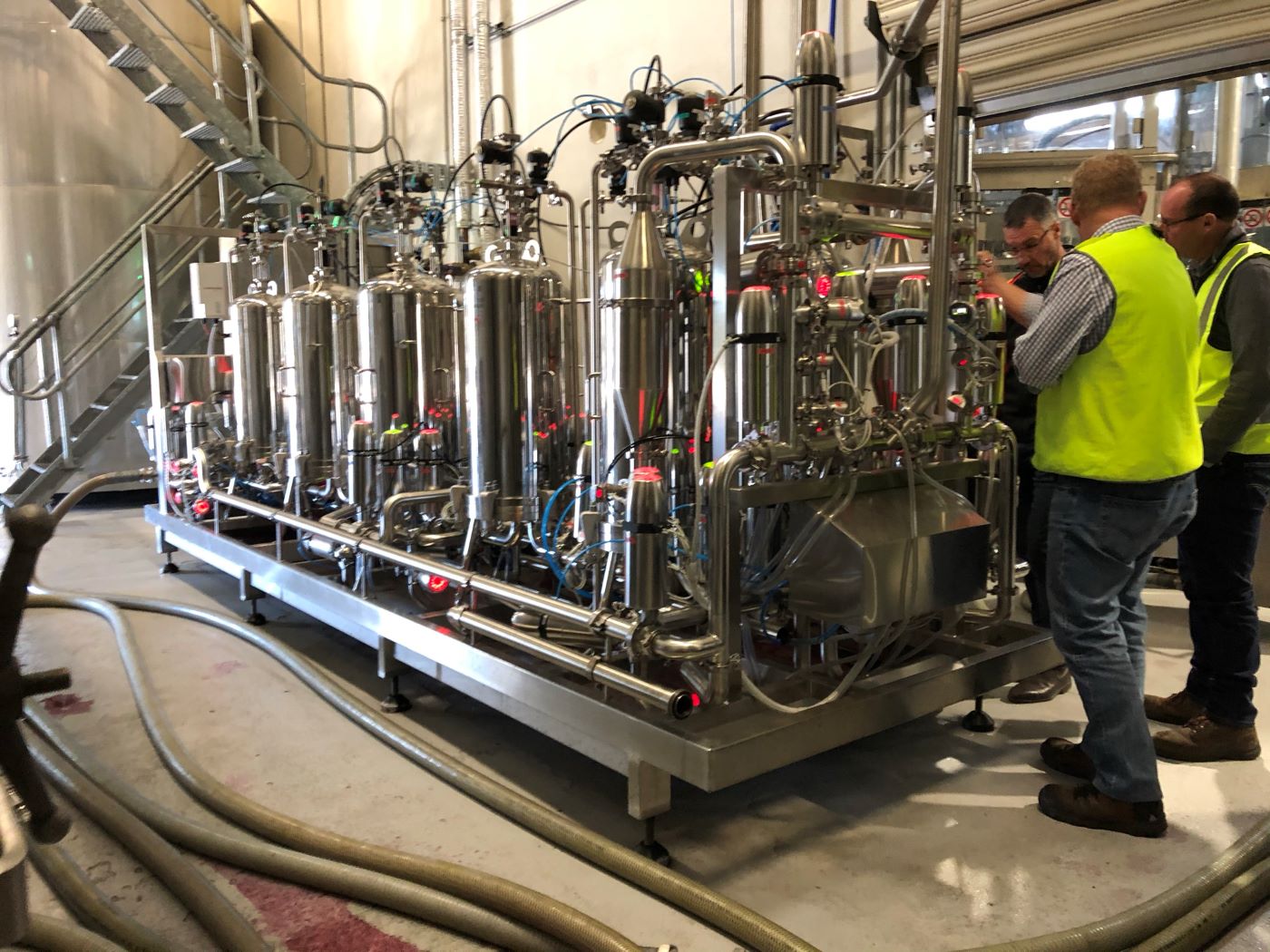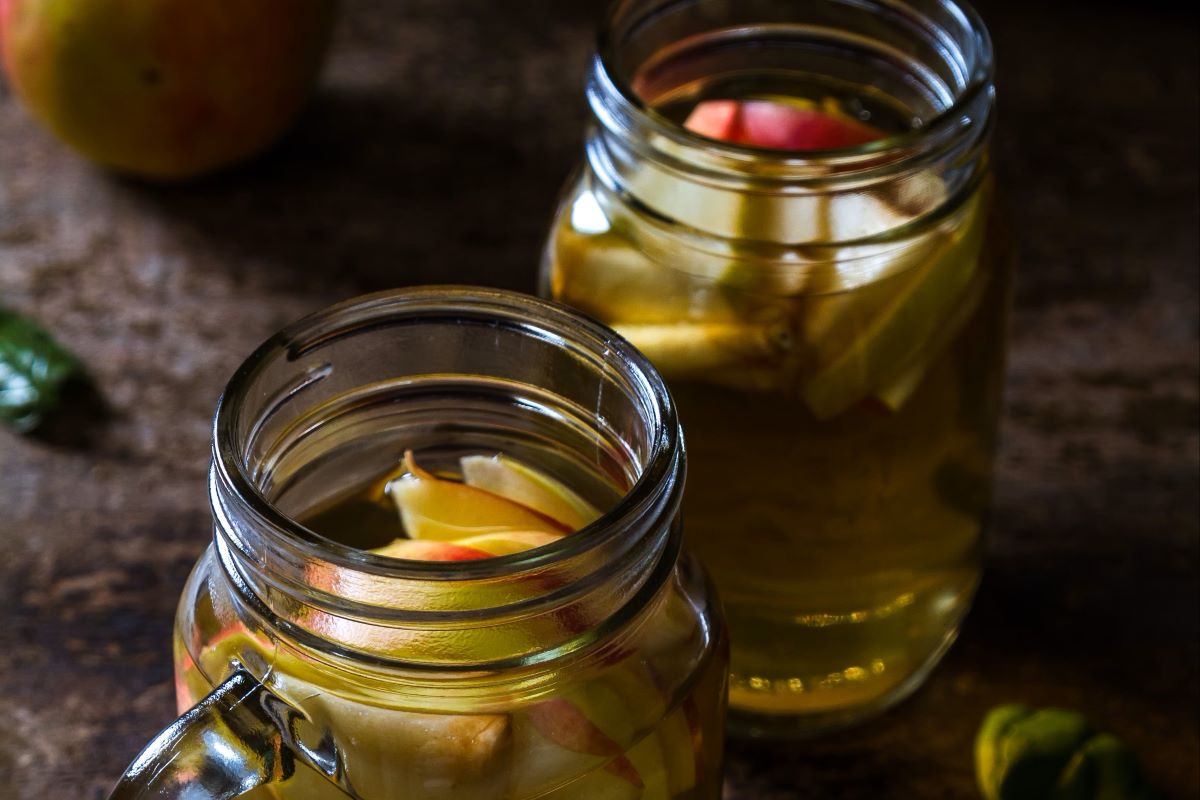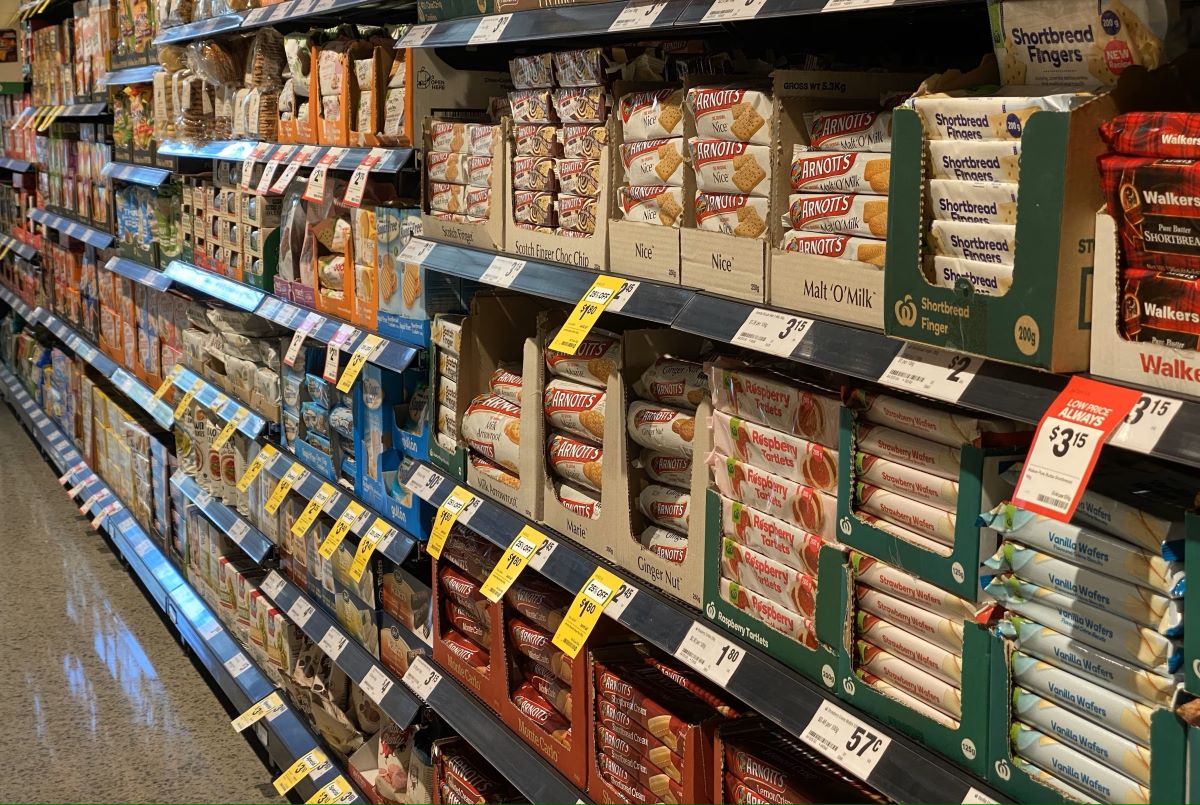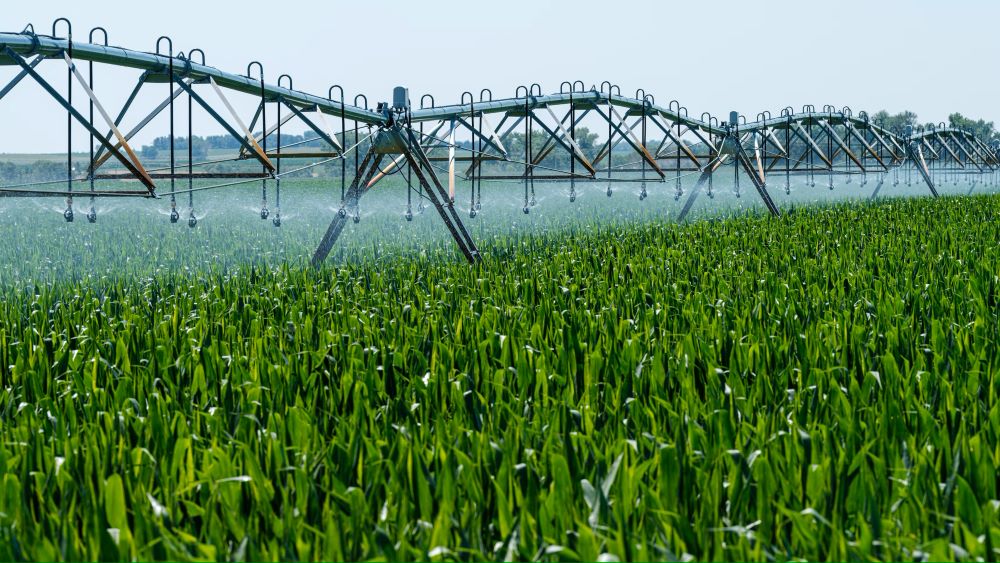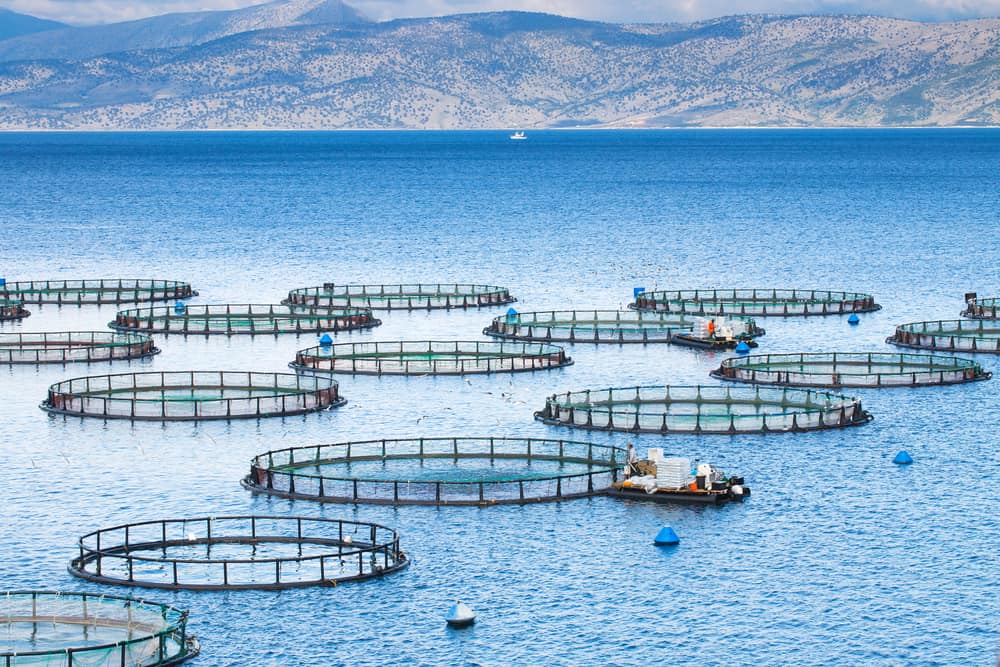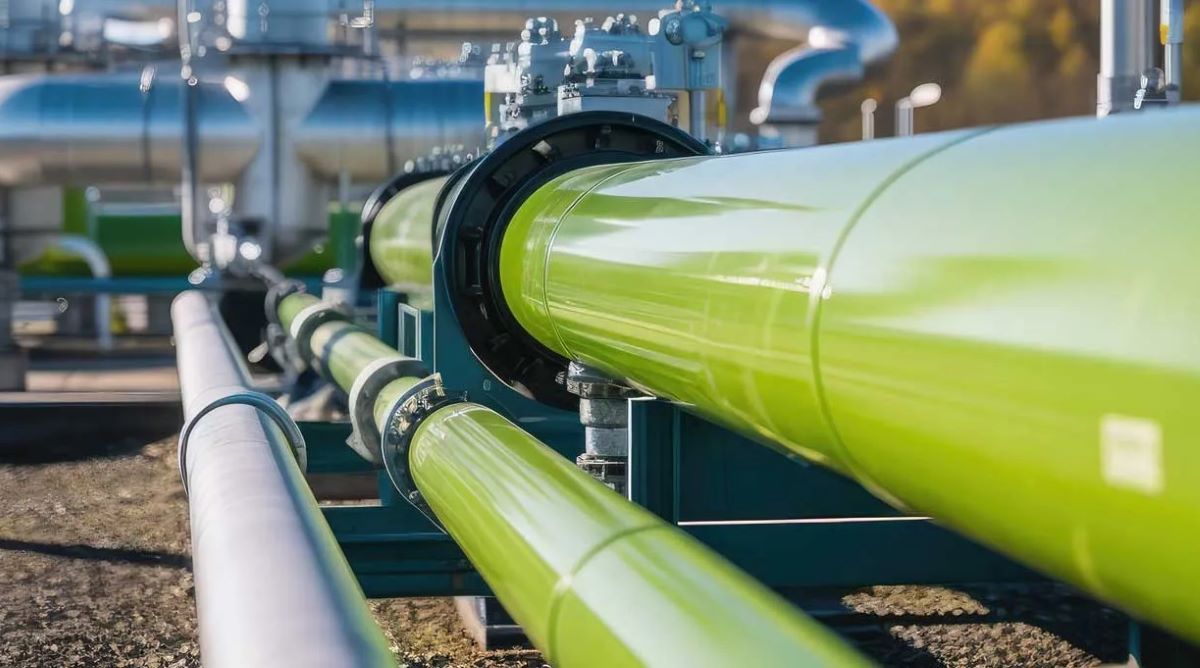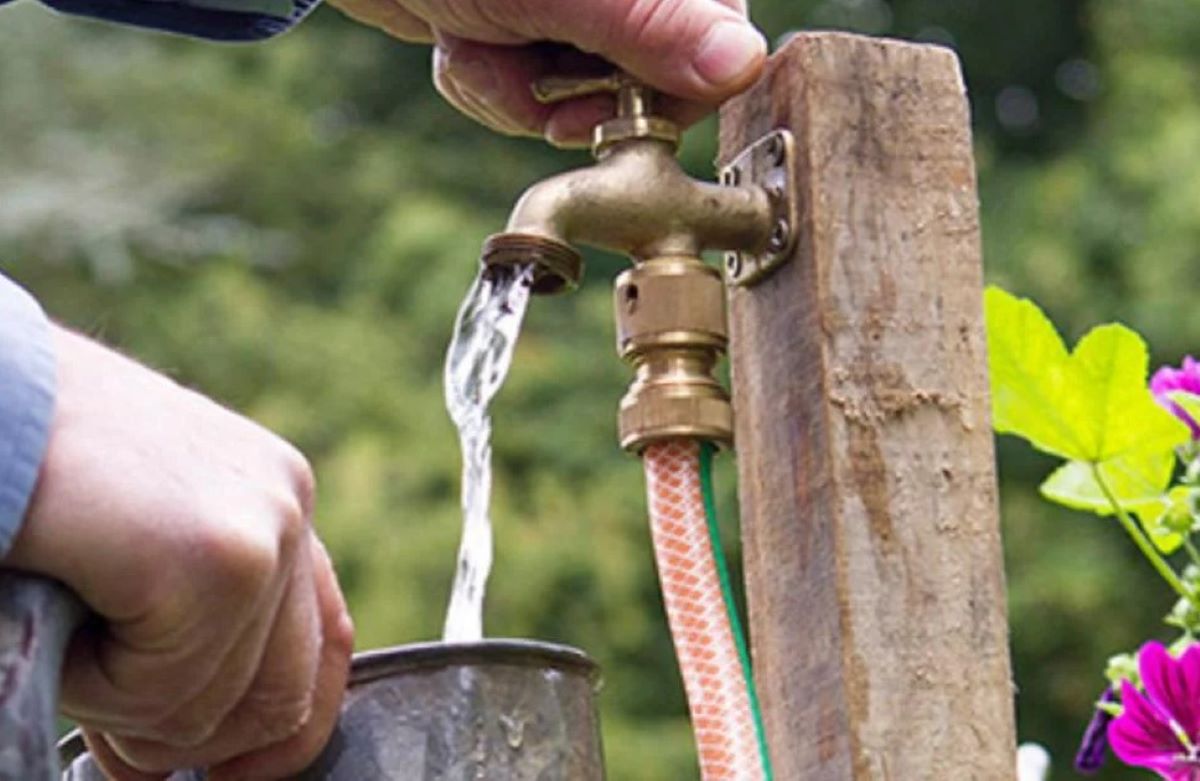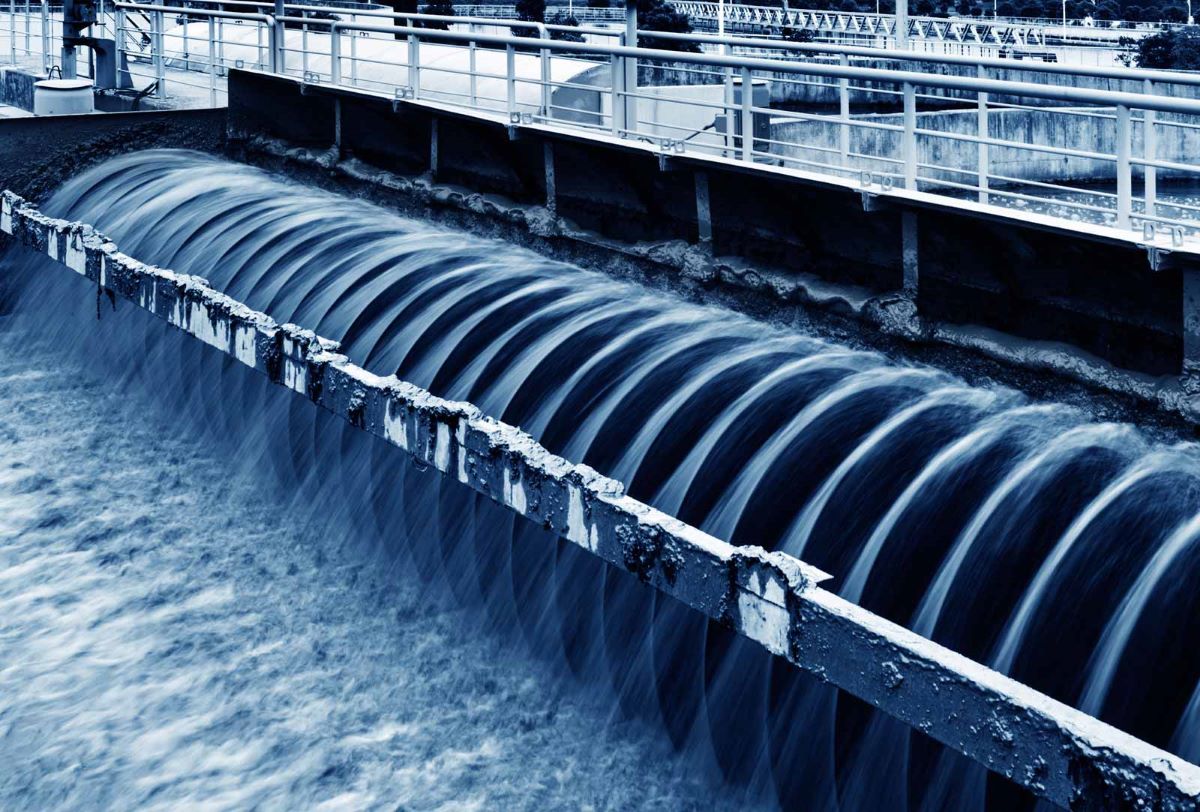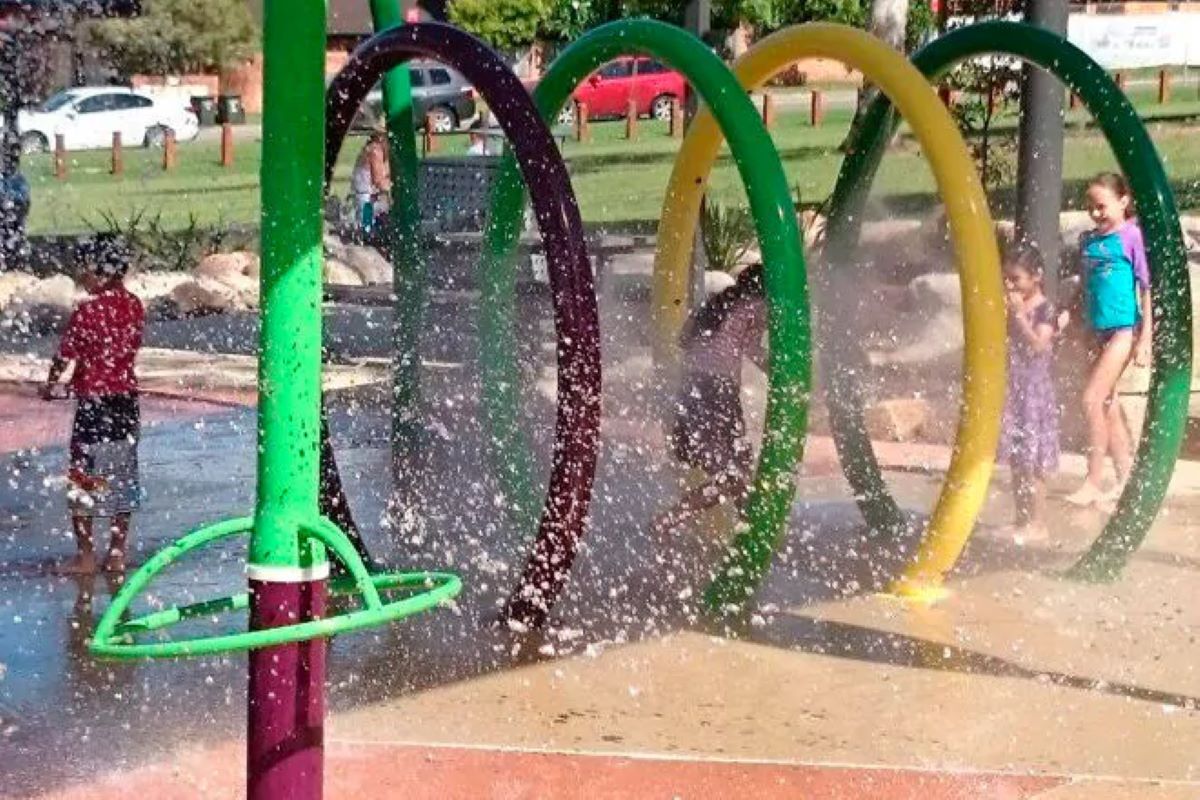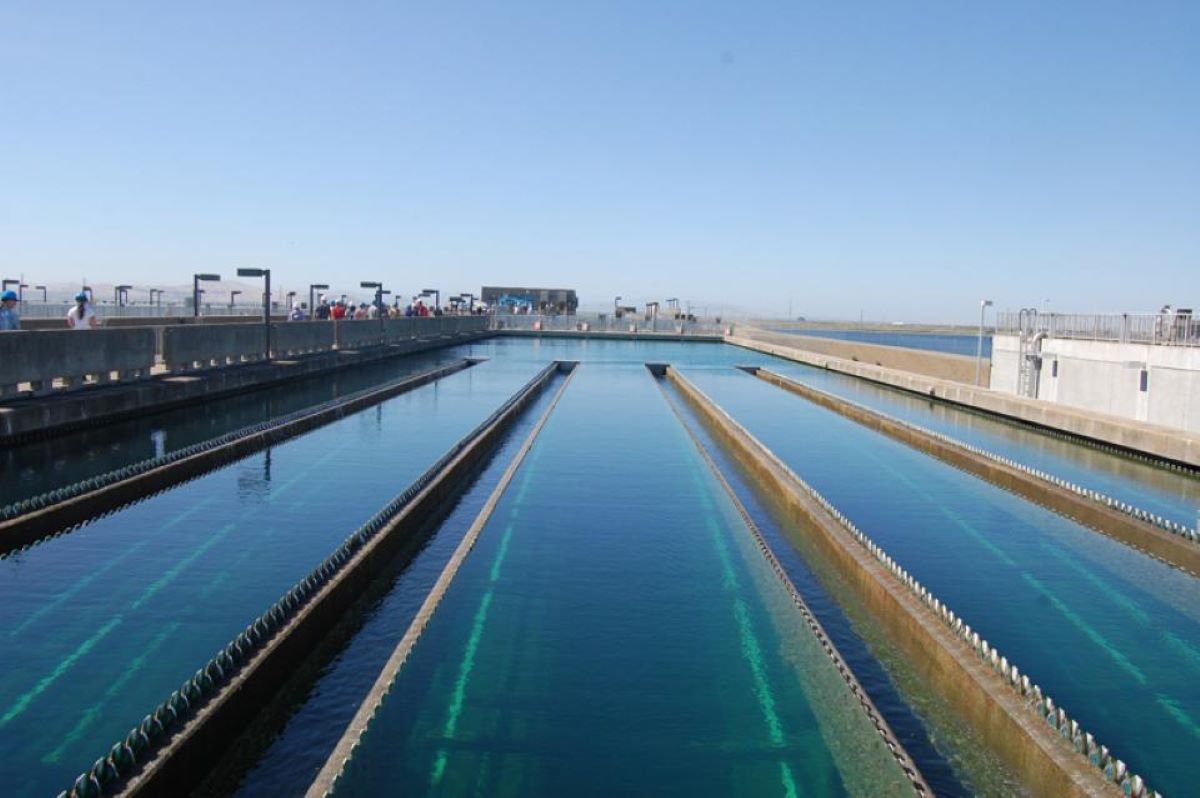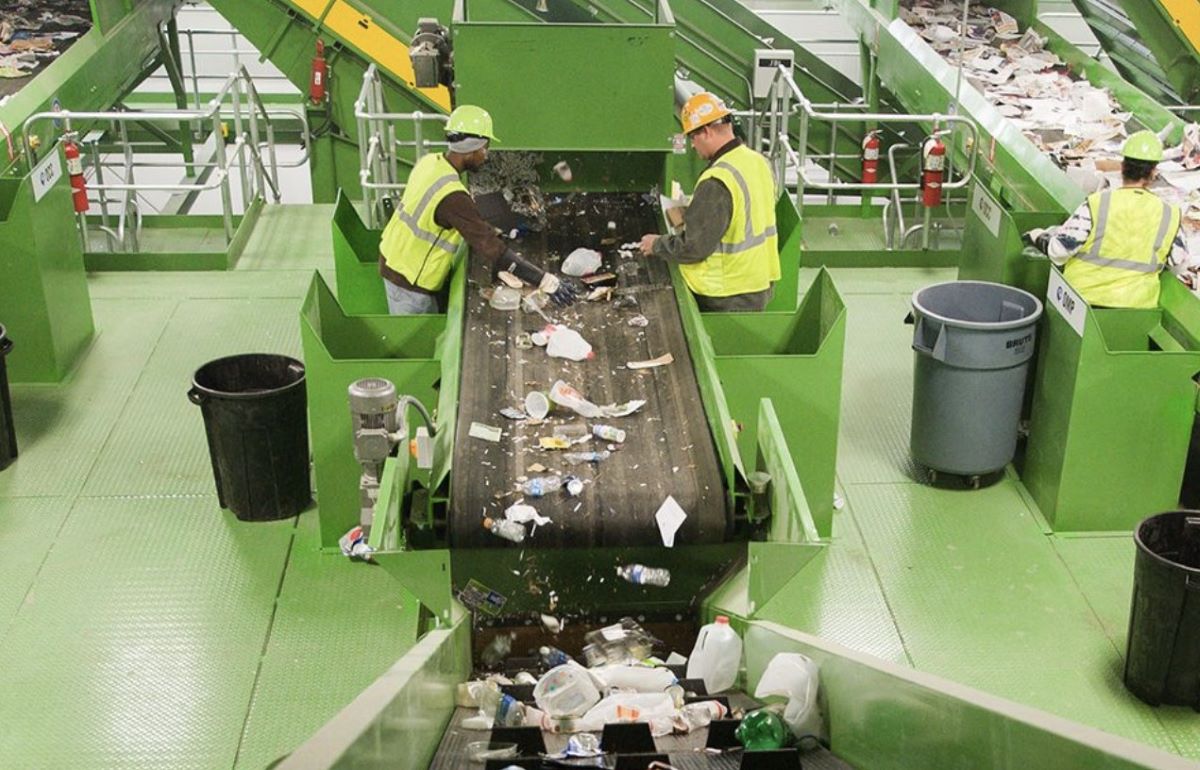Chlorine vs Chloramine In Town Water Supply – What Are The Impacts?
Chloramine in feed water can negatively impact production costs, labour, equipment, and viability of the final product, writes Devan Wesley.
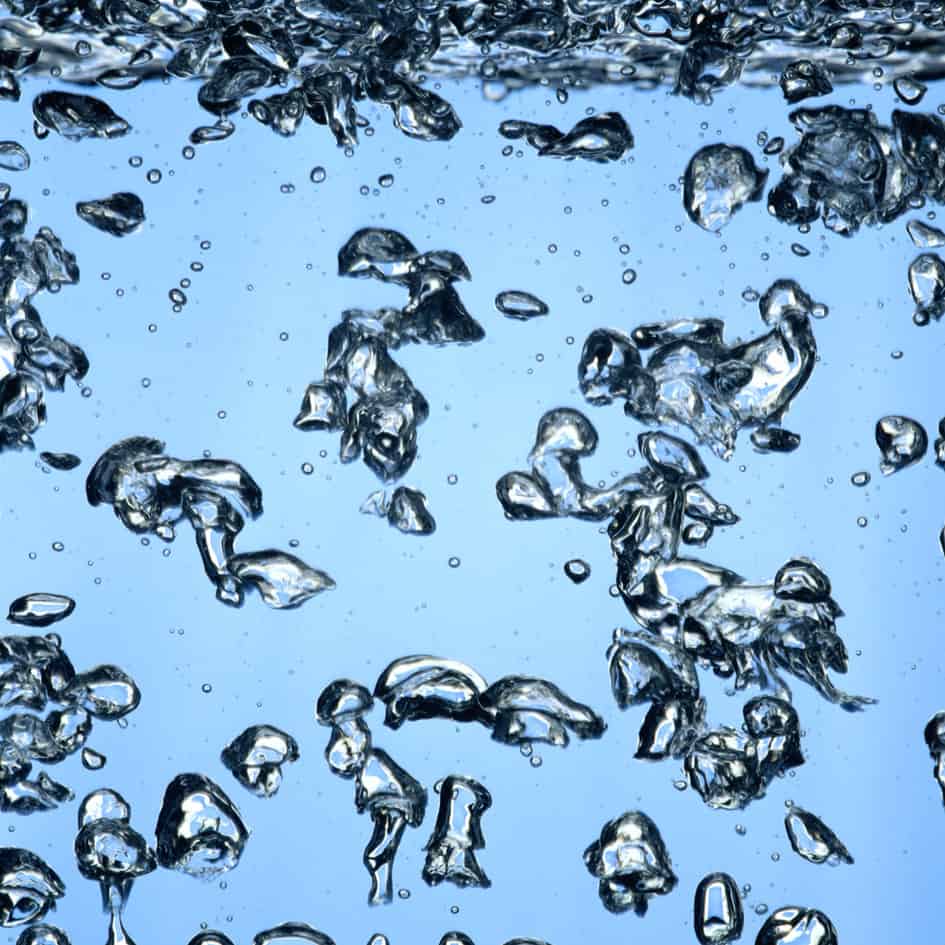
The benefits of chlorine in our town water supply have long been recognised and proven. While the taste and odour is possibly the main aspect that residents notice, its purpose is the protection against bacteria, parasites and viruses in our daily drinking, bathing and cleaning water.
In many manufacturing industries, chlorine needs to be removed for some of the reasons mentioned above. Taste impacts the flavour profile of our favourite carbonated drinks for example. Due to the disinfectant properties of chlorine, the production of beer, wine and other fermentable and pro-biotic drinks (e.g. Kombucha) will be negatively impacted if the chlorine is not removed. This can show up as off notes and flavours as desired yeast and bacteria are stressed during critical stages of fermentation.
In more recent times in Australia, another form of water disinfectant has been used by some municipal water suppliers. This is in the form of Chloramine – a group of chemicals which contain chlorine and ammonia. Most commonly used in municipal water treatment is Monochloramine (NH2Cl).
The addition of ammonia bonds with chlorine to effectively strengthen the chemical, therefore allowing it to remain in the solution, disinfecting the water, for much longer in the distribution network. This is particularly useful after flooding events, or in complex distribution networks with extensive distances from the treatment plant and dams to the furthest water users. In addition to the more stable disinfectant properties of chloramine, it does not react with organics and create harmful by-products as research has shown for chlorine (like trihalomethane – the potentially carcinogenic result of chlorines interaction with naturally occurring organic matter in the water). However, chloramine is slightly more corrosive, and can impact rubber and cause pipe leaching.
In this article, we will investigate a sample selection of applications and industries where chlorine and chloramine are preferably removed, and the options available for the safe and consistent removal of either chemical. The USA currently adopt an estimated 60:40 split between town water Chlorine vs Chloramine disinfectant usage, so industries throughout the Southern Hemisphere should be aware of the impacts, and potential solutions.
Chlorine Removal From Town Water
Most of us are aware of the traditional methods for chlorine removal in small scale applications. Generally, in municipal water in Australia & New Zealand, the feed concentration seen can range between 0.5mg/L and 1.5mg/L, with the Australian Drinking Water Guidelines (ADWG) stating the level of chlorine in drinking water should not exceed 5mg/L (5 parts per million). The odour threshold for chlorine in water is generally 0.5mg/L, however it can be possible for an individual to detect levels as low as 0.2mg/L.
Carbon (sometimes referred to as charcoal) filter cartridges are often used in drinking fountains, in fridges, under kitchen benches or on the main water line into a house. This style of carbon filtration is also widely used, in a scaled-up format, for industrial applications when chlorine is required to be removed from the water. The selection of carbon, or combination of carbon types, can drastically impact the effectiveness (reduction potential) of chlorine removal, and the life of the carbon before exhaustion. Carbon requires adequate pre-filtration to remove particulate to ensure the adsorption sites are not blocked with solids.
Whether in granular activated carbon (GAC) beds, or specialist activated carbon cartridges, this method of chlorine removal from water is tried and tested, with the main factor being feed concentration of chlorine, and the contact or residence time in contact with the chosen carbon.
Prior to certain industrial equipment, like Reverse Osmosis (RO), dosing with the likes of Sodium Metabisulphite or SMBS (Na2S2O5) is routinely used as another form of chlorine removal. SMBS when added to water will create Sodium Bisulphite (NaHSO3) and hydrochloric acid (HCl) with the reaction of hypochlorous acid, which is handled by the RO without major impact. Special care needs to be used when handing SMBS as it impacts the respiratory system if inhaled, and excess dosage in the water can result in downstream microbiological growth and/or premature fouling of specialist downstream systems (such as Electro Deionisation membranes).
Another method of chlorine removal is via evaporation, typically via boiling the water. This method is easier for smaller volumes of water but can sometimes be done on a larger scale. The energy required to boil large volumes of water often make this method less favourable.
Ultra-Violet light is often used for disinfection purposes, however in high doses of broad-spectrum UV light it is also very effective at reducing both free chlorine and combined chlorine compounds. Using wavelengths between 180 and 400nm, the UV light causes photochemical reactions that dissociate free chlorine to form hydrochloric acid which can easily be dealt with or adjusted downstream. UV in this chlorine removal application does require a high dosage, therefore high-power draw, and has the benefit of not being able to ‘overdose’ UV. UV also ensures very high levels of disinfection at the point of treatment (though this is not the primary reason for UV in that process).
Chloramine Removal From Town Water
While this form of disinfection isn’t as widely reported, the use of monochloramine in public drinking water supplies has been used throughout most of the 1900’s to varying degrees. The ADWG states2 the maximum allowable levels to be 3mg/L with the reported odour threshold to be around 0.5mg/L. In recent reports (2022) out of the Prospect reservoir west of Sydney, the typical level of chloramine was 1.8mg/L. Most interestingly, solutions that are effective for chlorine removal may not be suitable for chloramine removal, however the reverse is not true. A system suitably sized for chloramine removal will effectively remove free chlorine if present.
The use of typical activated carbon, which is very effective at chlorine removal, appears to have significantly reduced removal rates against chloramine, or at least requires longer residence time to achieve satisfactory reduction. Specialist catalytic carbon in granular or carbon cartridge format do appear to perform well, with removal rates around 85% with a single pass common. The catalytic carbon effectively breaks the ammonia bond, allowing the chlorine to be captured within the carbon media. The key factor determining the removal efficiency is the carbon of choice, and allowing additional residence time, sometimes half the flowrate when compared with chlorine removal.
Chloramine removal via chemical additions has varying degrees of efficiency and relies significantly on the downstream equipment in line to assist. pH adjustment to more acidic conditions can disassociate some of the chloramine bonds, therefore allowing for safe removal. However, the impact of the pH adjustment also needs to be considered in the overall design and approach.
While evaporation (through exposure or boiling) works well for chlorine, unfortunately the same isn’t true for chloramine removal. The strength of the chemical in these conditions make removal via boiling or evaporation infeasible.
UV light is widely used for chloramine reduction in public swimming pools. There are very strict guidelines regarding upper limits of chloramine in these swimming pools, and so a constant stream of pool water gets recirculated through a UV chamber to keep chloramine levels in check. This same method can be applied for industrial applications, however the dosage for effective reduction (or near complete removal) requires a very high UV dose severely impacting feasibility.
Impacts of Inadequate Chloramine Removal In Industrial Applications, & Possible Solutions
Pharmaceutical Industry
As far as water quality requirements go, the pharmaceutical industry (rightly) has some of the strictest. Afterall, some of the water that is sent to these plants may end up being ingested, injected or used in topical creams in the public, including many who may be immunocompromised.
Conventional methods used for chlorine removal will have little to no effect on removal of chloramine. This can impact the performance of RO, in terms of cumulative exposure on the RO membranes, and will have a detrimental impact on any Electro Deionisation (EDI) membranes, meaning frequent costly change-outs of the membranes, as well as water potentially falling out of specification for the site applications.
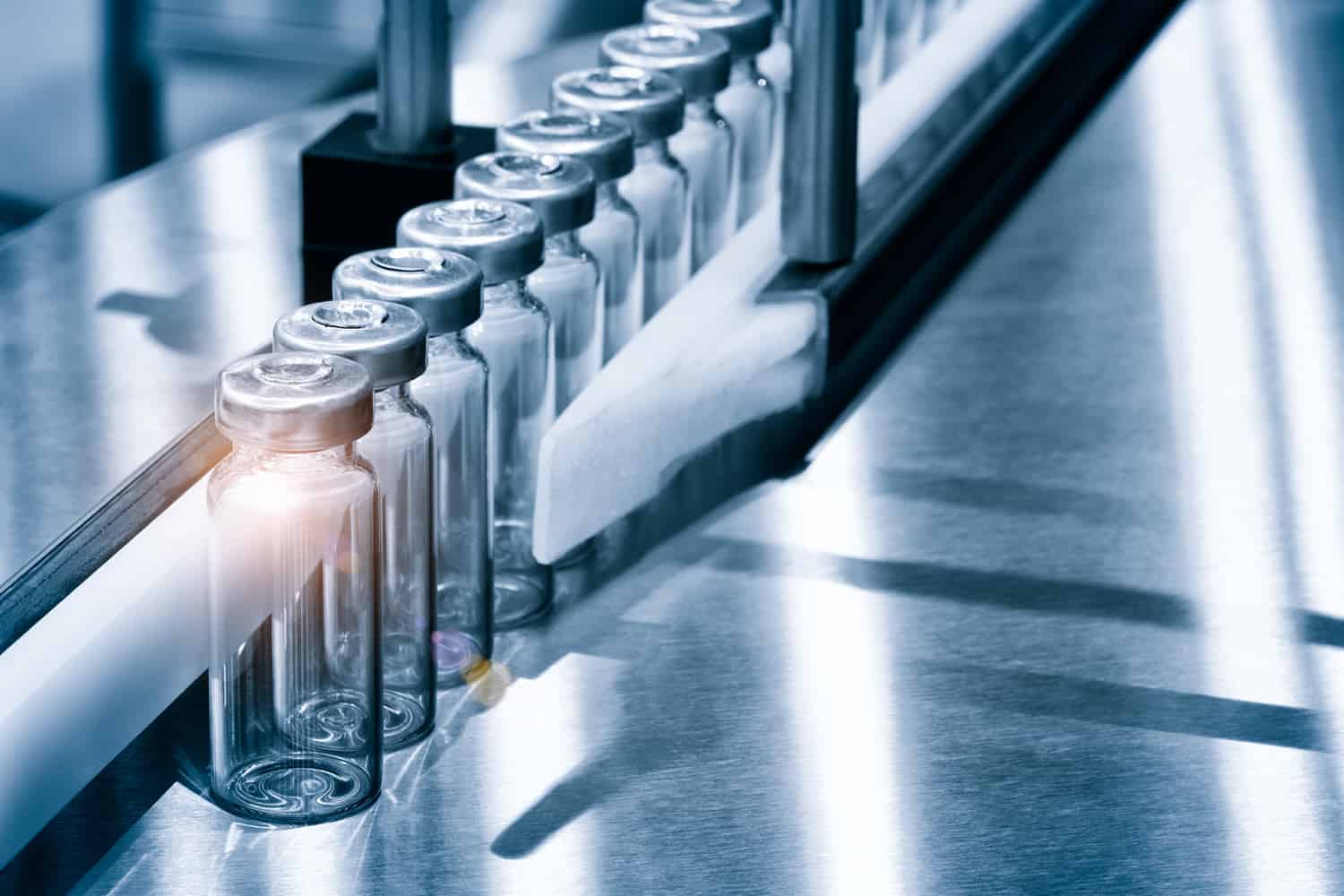
Due to the nature of the products made, carbon bed filtration may in fact cause more problems than it fixes if not carefully allowed for. With the correct choice of granular catalytic carbon media, the removal of chloramine can be quite effective, however within the carbon bed, microorganisms can breed and potentially flourish, creating periodic shedding events therefore negatively impacting downstream applications with high microbial activity and/or blockage of downstream filters and systems.
A solution with less potential negative impacts could be UV, to cause the photochemical reaction and reduce the chloramine to more desired limits for the process. In a recent trial based in Sydney, Australia, the feed chloramine was stated by the municipal water provider at 1.8mg/L, however measured on site with dosage ranging from 0.07 – 0.88ppm. When dosed with approximately 2,000mJ/cm2 of medium pressure (broad spectrum) UV light, varying results of reduction potential in a single pass were seen, with much greater consistency when UV was used on recirculated water providing multiple passes. UV is largely impacted by the feedwater UV Transmissivity (UVT), water turbidity (NTU) and flowrates. The power requirement for such a UV system should be considered, as in the trial, running at 5,000L/hr, the power consumption was 6kWh.
When considering the technical benefits and the feasibility of these options, a combined approach may be suggested. This could incorporate specialist catalytic carbon bed, followed by a UV treatment plant to ‘mop up’ the final remaining chloramine and act as a disinfection stage. This method may reduce the power consumption required for the UV system, as a lower UV dosage can be used, however consideration should also be made for any pre-filtration requirement to protect the carbon media from premature blockage with suspended solids.
Brewing

The impacts on the brewing process may not be as catastrophic or costly as that in the pharmaceutical industry, however the flavour and aroma can be negatively affected (which beer connoisseurs will argue is possibly more damaging), resulting in additional production costs and potentially less favourable beer in a very competitive market.
Chlorine and Chloramine making their way into the brewing process can present as a phenolic off taste, perceived as bitter, spicy, herbal, tea-like, clove-like, smoky, band-aid or medicinal notes. While there are potentially other causes for this off-flavour, like particular yeast strains etc, the impact of chlorine, chloramine or certain sanitisers are a common cause.
In addition to the flavour profile changes, the impact on yeast stress can also cause issues, requiring addition of more nutrients than would typically be expected. For specialty products like sours or kombucha which are reliant on bacteria, the impact is much more significant potentially causing failed brews.
Depending on the size of the brewery, and water volume demand for the site, the most commonly used method for chlorine removal currently is via activated carbon filtration in the form of cartridges, which prevent the static pockets and microbial growth potential that carbon beds can otherwise bring.
For chloramine removal, the usage of chemical addition is not generally considered possible, as the required equipment downstream (e.g. RO) is not often adopted across all beer styles. Likewise, the adjustment of pH in the water would require appropriate balancing to achieve the desired beer style.
Therefore, the most practical solution in brewing, we suggest, would be a combination approach of specialist carbon bed, followed by broad spectrum UV. The UV doubles up as a ‘mop-up’ of chloramine and chlorine, but also serves as disinfection in the event of microbial growth in the preceding pipework or treatment stages. Adequate particulate pre-filtration prior to carbon is required, as well as a recommended trap filter post carbon and UV for food safety purposes.
Wineries and Winemaking
Winemakers are well aware of the negative impacts of chlorine being present in their water, to the point that many will (if another option is available) prefer alternative methods of disinfecting their water.

Chlorine and Chloramine are major contributors to 2,4,6-trichloroanisole (TCA) formation, which is the compound that causes a mouldy, musty cork taint. Unfortunately for winemakers, TCA’s sensory threshold is one of the lowest in nature, at around 1-5 nanograms per litre.
Water is used in various applications in winemaking, including cleaning of equipment, tanks, and barrels, as well as in limited amounts for rehydration of yeasts, enzymes, bentonites and the like. Using water containing even small amounts of chlorine or chloramine in these applications can negatively impact the yeast or bacteria’s health, and therefore their performance and flavour profile.
Similarly, to brewing, the most feasible solution for effective chlorine and chloramine removal in water used at a winery would be in the form of specialist carbon filtration, followed by broad spectrum UV where chloramine is suspected or possible. Both the carbon, and UV chamber, should be sized to allow for the flowrate and expected worst case chlorine or chloramine feed conditions.
Beverage
Outside of wine and beer, the beverage industry is vast and specialty products are continuing to grow. These include dairy drinks, mineral water, spring water, carbonated drinks, pro-biotic drinks and more.
The effect of chlorine and chloramine on these drink types will vary. For example, water based pro-biotic drinks will have potentially dramatic negative impacts on the counts of desired ‘good’ bacteria in the end product. Whereas the impact on bottled waters and carbonated soft-drinks will mainly be based around flavour profile and any potential negative effects with product additions. Any perceived ‘chlorine’ odour or taste will be negatively received by consumers.
Chlorine has long been used in the spring water transport and storage industry, with activated carbon beds or carbon cartridges typically used for it’s safe and effective removal. UV is used in these applications for disinfection prior to bottling.
However, the carbon typically used in these chlorine removal applications may well be ineffective or undersized when faced with chloramine from a town water supply.
To effectively remove chloramine from the town water supply, consideration could be given to chemical addition prior to RO (if RO is available), or more commonly, a combination of catalytic carbon followed by high dose broad spectrum UV, which acts as both chloramine mop-up and disinfection of the water at that point. With such a variety of feed water possibilities, particular care is needed for particulate protection before and after these carbon and UV processes. Seasonal variation in water quality is very common, as is the chemical fluctuations which may change after heavy rain or flooding events, or even during drought conditions as storage dams run lower.
Healthcare
Many applications in the healthcare industry are not negatively impacted by the presence of chlorine or chloramine. The disinfectant properties of these chemicals while in the hospital pipework network is an additional safeguard against contamination and infection control.
However, certain areas of the hospital or healthcare facility are strictly against chlorine and chloramine in their processes – Kidney dialysis being one6. Anaemia and haemolysis are two symptoms which can be associated with water chloramine in health department water.
Chloramine is safe in drinking water (within the recommended guidelines) as it is neutralised in the digestive system before it enters the bloodstream. However, if there is direct contact of chloramines with blood, oxidation can occur, leading to haemolysis of red blood cells.
Water used in renal dialysis processes are sourced from town water supplies, and routinely sized for chloramine feed conditions, which feed polishing filters and RO. The most commonly used method for chlorine and chloramine removal in water for dialysis is catalytic carbon or specialist activated carbon with additional time allowance for longer residence timing, followed by UV for its photochemical reactive benefits, along with disinfectant properties. Special care is given to the types of carbon chosen, so as to not negatively affect the downstream RO.
Public Swimming Pools
While chloramine removal may be relatively new for many industries, in indoor swimming pools the control of chloramines is a legal requirement and relatively well understood. However, the control of the chloramines is based on treating the pool water, not necessarily addressing the issue of chloramine being added through town water supply.
Amines are introduced to swimming pools mainly through urine and perspiration. These amines combine with the chlorine, to form chloramine. Therefore, the presence of chloramine in swimming pools is often attributed to the level of waste entering the pool water naturally (or accidentally). As you can imagine, the amine levels increase significantly in pools in which babies, toddlers and un-toilet trained or incontinent people are swimming or bathing.
There are various options in terms of reducing the chloramine level in swimming pools, including varying levels of chlorination and shock, adequate ventilation or even ozone in addition to chlorine for its disinfection properties.
Typically, swimming pools will utilise a UV system, running at around 60mJ/cm2 dosage in a loop system to offer continuous control of chloramine build-up. The goal in swimming pools is not for complete removal, but there is a legal requirement to ensure levels remain under 1mg/L (1ppm).
Interestingly however, in some circumstances if the chloramine levels get too high, it’s not uncommon for the facility to drop the water level (ie. Send a percentage of the pool water to drain or waste) and replace with town water supply. This method should work effectively on a town water supply using chlorine. However, as in the recent levels seen in Sydney, the feed water levels contained an average of 1.8mg/L of chloramine, therefore meaning that instead of lowering the chloramine levels, the introduction of fresh town water would be amplifying the issue and putting the swimming pool at risk of fines or discipline from the health department.
In this circumstance, some facilities have opted to take the drastic decision of buying in tanker loads of bore water to top up their swimming pools.
A more cost-effective and logistically simpler method would be treating the town water supply for the ‘top-up’ via a catalytic carbon cartridge or bed. With a single pass typically achieving >85% chloramine reduction, the town water can then easily be used for topping up the swimming pool and reducing the overall chloramine concentration. The addition of catalytic carbon cartridges on the mains feed water (with sufficient pre-filtration) does not replace the need for UV in the recirculation loop, which acts as a constant reduction method of the chloramine within the existing pool water.
Summary
The impacts of chloramine in feed water across a wide variety of industries can have negative impacts in terms of production costs, wear-and-tear on capital equipment, labour, and final product specifications and acceptance. Unless each facility is regularly checking the Total Chlorine and Free Chlorine, or specifically Chloramine, in town water supply, then the disinfectant being used may not be understood or recognised and therefore inadequate removal could present itself as a very real risk. Always check total chlorine in feed water, not just free- chlorine. The difference between free-chlorine and total-chlorine in the feed water is generally attributed to chloramine.
With a number of solutions for chlorine and chloramine removal, the decision often comes down to the wider quality aspects required for the application(s). Consideration should also be made for what ‘acceptable’ level of chlorine and/or chloramine will be suitable for the process and product specifications, as a basic reduction may be satisfactory rather than near complete removal.
Solutions may be available to remove >85% of chloramine in a single pass, with additional or secondary treatment options available for further reduction as necessary.
With the trends from the Northern Hemisphere making their way into our region, we can expect our municipal water treatment providers to regularly monitor the health of their distribution networks, and very easily and quickly transition from a chlorine only, to a chloramine-based disinfection step. Industrial facilities that use town water in their process and have limitations on chlorine and/or chloramine for their process need to regularly monitor and prepare for chloramine removal, allowing either much slower flowrates through existing infrastructure or optimising with the use specialist treatment options.
Specialist advice from a trusted partner should be sought to review existing processes in place, potential impacts for inefficient or ineffective removal of chlorine and chloramine, and appropriate risk mitigation processes considered.
Devan Wesley is a Sales Manager at BHF Technologies
